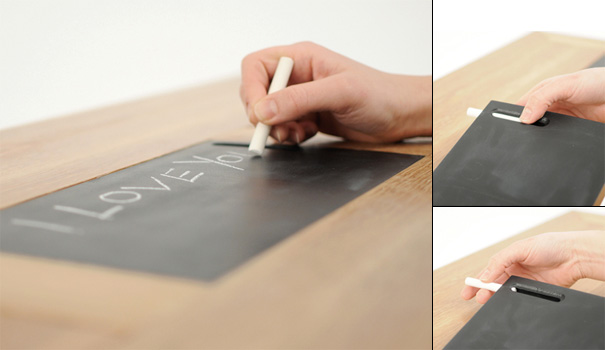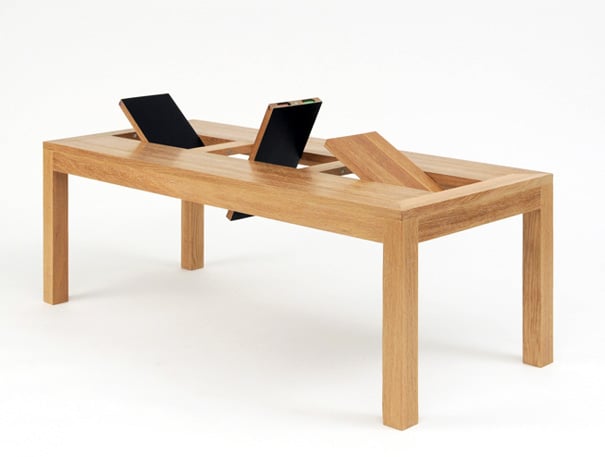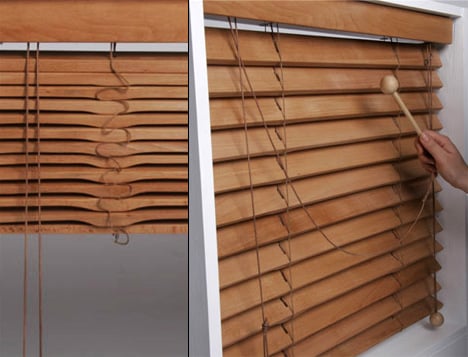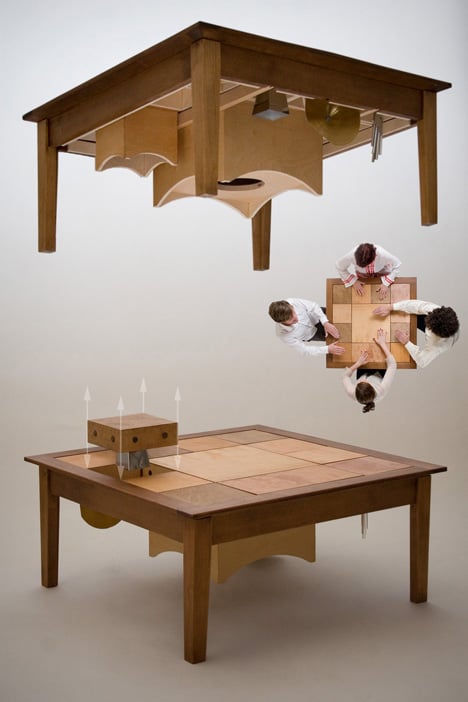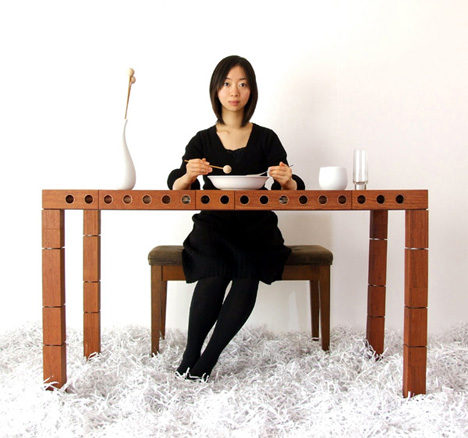Three recent articles on the
Guardian Newspaper's website have unveiled new developments within the care of children with SEN and the ways in which schools and families can work together to help those children. Especially those with more social issues rather than medical issues.
The first and second arcticles (
Source Article here and
here) looks at the ways in which those with SEN are classified and 'labelled' and the recent government green paper aimed to provide better pastoral care for those that require it allowing for better care for those with more severe needs as well as those with 'lesser' needs.
The article also reports that there has been an increase in the amount of children diagnosed with SEN in recent years, which is believed to be primarily due to the developments within the diagnosis processes.
One of the primary quotes of the article
"One of the really successful things about this work is that you separate out which kids have a significant special educational need, something diagnosable, and which are kids not making enough progress for a variety of reasons. We would have had kids in the past on the SEN register who were two years behind in their reading age. The reason they're two years behind is because their attendance was only 50%. They haven't really got a special need – they need to be at school more."
The way the headmaster (Paul Green) talks about being able to "separate out which kids have a significant special educational need" is a concerning point, as if these children are seperated from the main stream it has the potential to cause further problems, assuming they are being literally seperated out. These problems may include bullying from their fellow schoolmates, a problem which is explored by the second article.
The third article (
Source Article here) explores bullying of disabled pupils within mainstream education systems.
With "570,000 disabled children in England, of which 100,000 are severely disabled" and estimates of "8 out of 10" experiencing bullying it is clear that there is a major problem with the inclusion of these pupils with disability or SEN within mainstream education.
One of the main suggestions within the article is that "schools should use music and drama to help SEN children and the whole school understand the issues" this shows that there is a need within mainstream education systems for forms of music therapy or interaction between all members of the school system regardless of SEN or not. This is further supported by "Children with SEN (special educational needs) and disabilities are often more isolated, have difficulty understanding the social context of bullying and might be especially afraid of "grassing" on bullies".
If there is bullying and feeling of exclusion in the same area surely the problems could potentially be linked?
If people are feeling excluded and unable to interact with others within the school they will be pushed further and further from mainstream society?
So overall these articles show that there is a definate need for intervention within the mainstream school system to help those without SEN to understand and interact with those with SEN allowing for a better experience for all members of the school community.





















